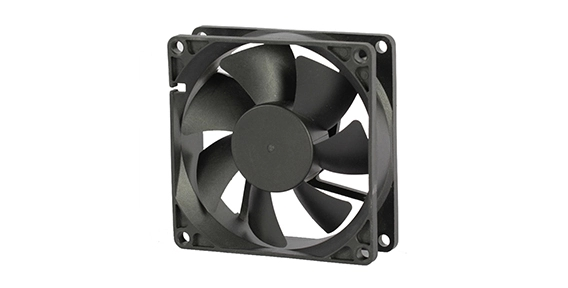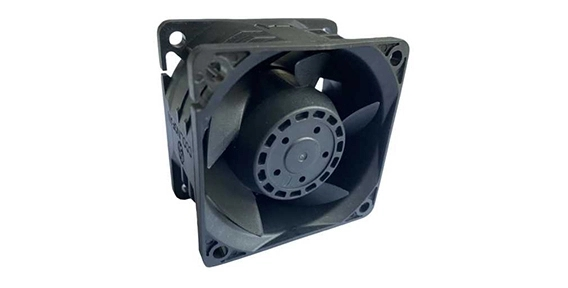Pulse Width Modulation (PWM) stands as a pivotal technology in the realm of electronics and thermal management, particularly when it comes to the operation of DC axial fans. This exploration delves into the fundamentals of PWM and its significant role in optimizing the performance of DC axial fans, crucial components in various applications requiring precise temperature control and efficient airflow.
DC Axial Fans: Unveiling the Basics of PWM
PWM, or Pulse Width Modulation, is a technique widely used to control the speed of electrical devices, and it plays a particularly crucial role in the context of DC axial fans. The basic principle involves varying the width of electrical pulses to control the amount of power delivered to a device, in this case, a DC axial fan. By modulating the width of the pulses, the average power supplied to the fan motor is adjusted, consequently regulating its speed.

Application of PWM in DC Axial Fans
In the realm of thermal management, DC axial fans equipped with PWM technology offer a dynamic and efficient solution for controlling airflow. The axial cooling fan design, with blades rotating around an axis, becomes even more versatile when coupled with PWM capabilities. This combination allows for precise control over the speed of the fan, enabling adjustments based on real-time temperature conditions and cooling requirements.
DC Axial Fan: The Basics
Before delving deeper into the synergy between PWM and DC axial fans, it's essential to understand the fundamentals of DC axial fans themselves. These fans operate on direct current (DC) power, featuring blades mounted on a central hub connected to a motor. The axial cooling fan design, with its blades rotating around an axis, generates a linear airflow parallel to the axis, making them ideal for applications where directed and consistent airflow is essential.

The Role of PWM in Enhancing DC Axial Fan Performance
PWM technology significantly enhances the performance of DC axial fans by offering precise speed control. The ability to adjust the fan speed allows for customization based on the thermal requirements of the system. In scenarios where temperature fluctuations are frequent, PWM-equipped DC axial fans can seamlessly adapt, providing an optimal balance between cooling efficiency and energy consumption.
This adaptability becomes particularly crucial in electronic systems where sensitive components demand precise thermal management. DC axial fans, with PWM functionality, ensure that cooling is tailored to the specific needs of the system, preventing overheating and optimizing overall performance.
Benefits of PWM-Controlled DC Axial Fans
The integration of PWM in DC axial fans brings forth several advantages. Energy efficiency stands out prominently, as the fan operates at optimal speeds based on real-time needs, minimizing power consumption during periods of lower thermal demand. This feature is especially beneficial in applications where constant fan speeds may not be necessary, contributing to overall energy savings.
Furthermore, PWM-controlled DC axial fans contribute to noise reduction. By operating at lower speeds when cooling demands are lower, these fans generate less noise compared to their counterparts running at a constant speed. This attribute is valuable in environments where noise levels are a consideration, such as office spaces or residential settings.
In conclusion, PWM technology plays a transformative role in enhancing the capabilities of DC axial fans, contributing to efficient thermal management in various applications. The axial cooling fan design, coupled with PWM control, provides a versatile and dynamic solution for addressing the diverse cooling needs of electronic systems in industries ranging from IT to automotive. As technology continues to advance, the synergy between PWM and DC axial fans is likely to play a pivotal role in shaping the future of thermal management and airflow control.

 EN
EN 
 +
+
 +
+
 +
+



